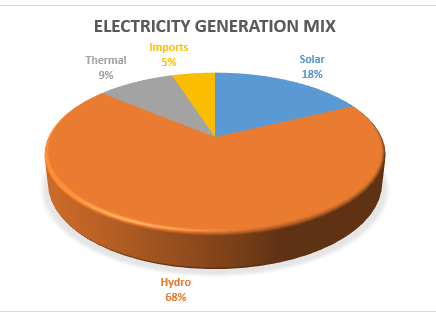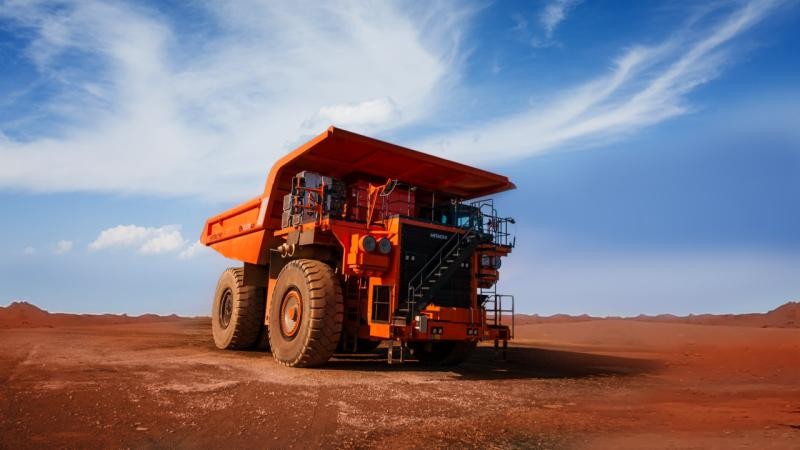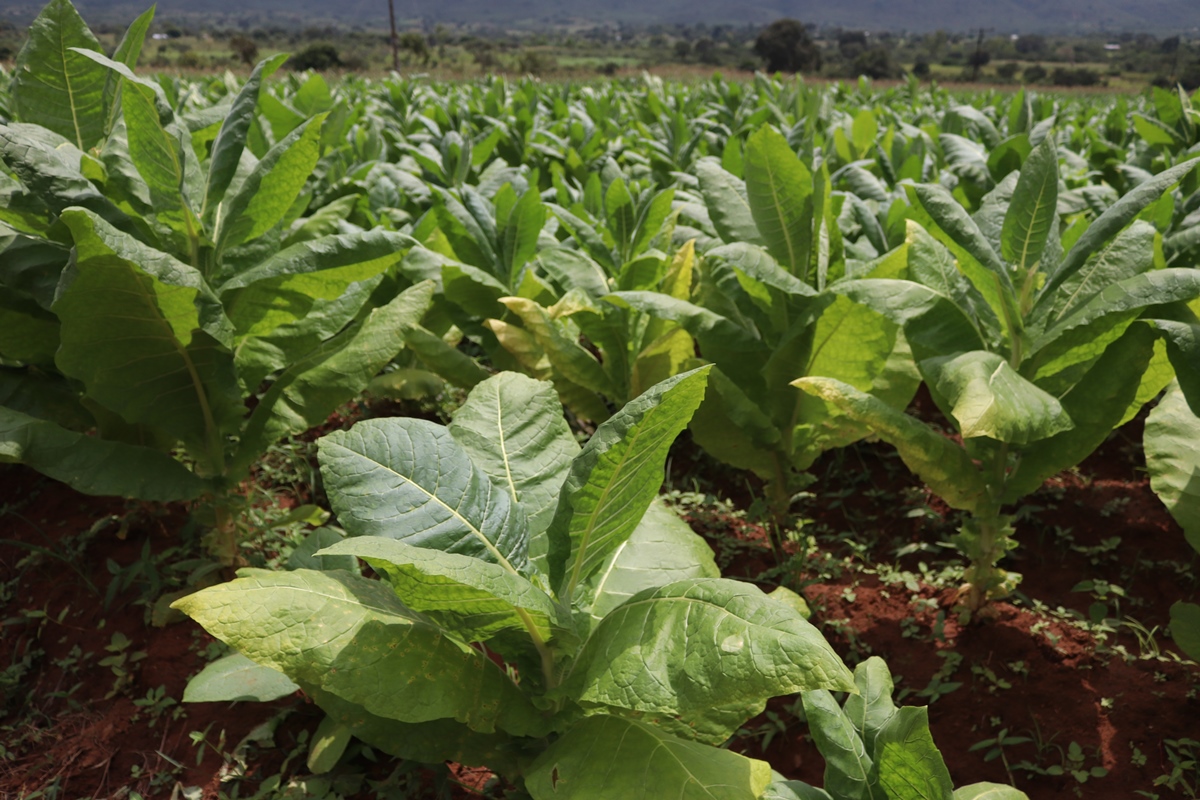- +265 (0) 999 970 950 / 951
- mccci@mccci.com
Introduction
A reliable and consistent energy supply is vital for the economic growth of any country. This fundamental necessity impacts all sectors of a modern economy, encompassing everything from production and transportation to the service industry and private households. In Malawi, biomass energy is the predominant source for cooking and heating, with wood fuel and charcoal constituting approximately 86% of the nation’s total energy consumption. In contrast, oil products account for about 10%, electricity for 3%, and coal a mere 1%, according to the Ministry of Energy. Electricity, in particular, serves as a critical engine for private sector performance, driving innovation and productivity across various industries.

The primary source of electricity generation in Malawi is hydropower, harnessed from the country’s rivers. Key facilities include the Nkula Power Station, Tedzani Power Station, Kapichira Power Station, and Wovwe Power Station. The primary producer of electricity in Malawi is Electricity Generation Company (Malawi) Limited (EGENCO), which is supported by various other companies, including JCM Solar, Phanes Group, Cider, and Mulanje Hydro Limited. As of August 2024, Malawi has a total electricity supply of 583.51 MW, exceeding the projected demand of 449 MW for the year. The breakdown of power generation shows hydropower contributing 401.21 MW, solar power providing 102.3 MW, diesel generation accounting for 53 MW, and an additional 27 MW imported from Zambia and Mozambique. 
Nevertheless, Malawi has faced significant energy limitations in recent years. The country grapples with inadequate transmission and distribution infrastructure, which leads to frequent power outages that obstruct both economic and social development. Two major natural challenges further complicate the situation: (i) climate change, which can result in decreased rainfall and reduced water availability for power generation, as well as severe storms that can damage electricity infrastructure; and (ii) environmental degradation, particularly deforestation, which exacerbates the siltation of water intakes at hydropower stations.
Given these challenges and the anticipated rise in energy demand, the Government of Malawi (GoM) must prioritize the development of a comprehensive long-term power generation strategy that embraces a balanced energy mix. Additionally, establishing a reliable transmission and distribution system is critical to minimizing energy losses and ensuring a sustainable power supply for the future. It is noteworthy that the government is committed to expanding the national electricity grid to improve the business environment, thereby facilitating progress toward its development agenda as outlined in the Agriculture, Tourism, and Mining (ATM) strategy. Under this strategy, Malawi focuses on fostering cooperation and investment to enhance productivity through commercialization and digitization, boosting industrialization, and promoting sustainability through climate-smart practices; electricity plays a pivotal role in achieving these objectives.
Energy projects in the pipeline
Numerous energy projects are currently in the pipe line, significantly enhancing Malawi’s power generation capacity. Among these is the Kam’mwamba Coal-Fired Power Plant, a 300 MW facility developed by EGENCO, strategically located in the Kammwamba area of Zalewa, Neno District, in Southern Malawi.
In addition, the Malawi-Mozambique Interconnector is nearing completion, with an expected operational date in the first quarter of 2025, aiming to deliver 120 MW of electricity. The government has also secured funding from the Global Energy Alliance for People and Planet to assist ESCOM in the installation of a 20 MW Battery Energy Storage system in Kanengo. This initiative is critical for stabilizing the power grid during periods of low generation from the Golomoti and Salima JCM solar plants.
Further noteworthy projects include the Voltaria Solar initiative, which will have a capacity of 40 MW, complemented by battery energy storage, located in Dwangwa. The Mpatamanga Hydro Power Project is set to contribute a substantial 350 MW, to be built at Mpatamanga Gorge along the Shire River in southern Malawi. Additionally, the Fufu and Kholombidzo Hydropower Plants are projected to generate 261 MW and 210 MW, respectively, alongside another 200 MW from Containerized Gas-Fired Power projects. Collectively, these initiatives represent a significant leap forward in Malawi’s energy landscape.





